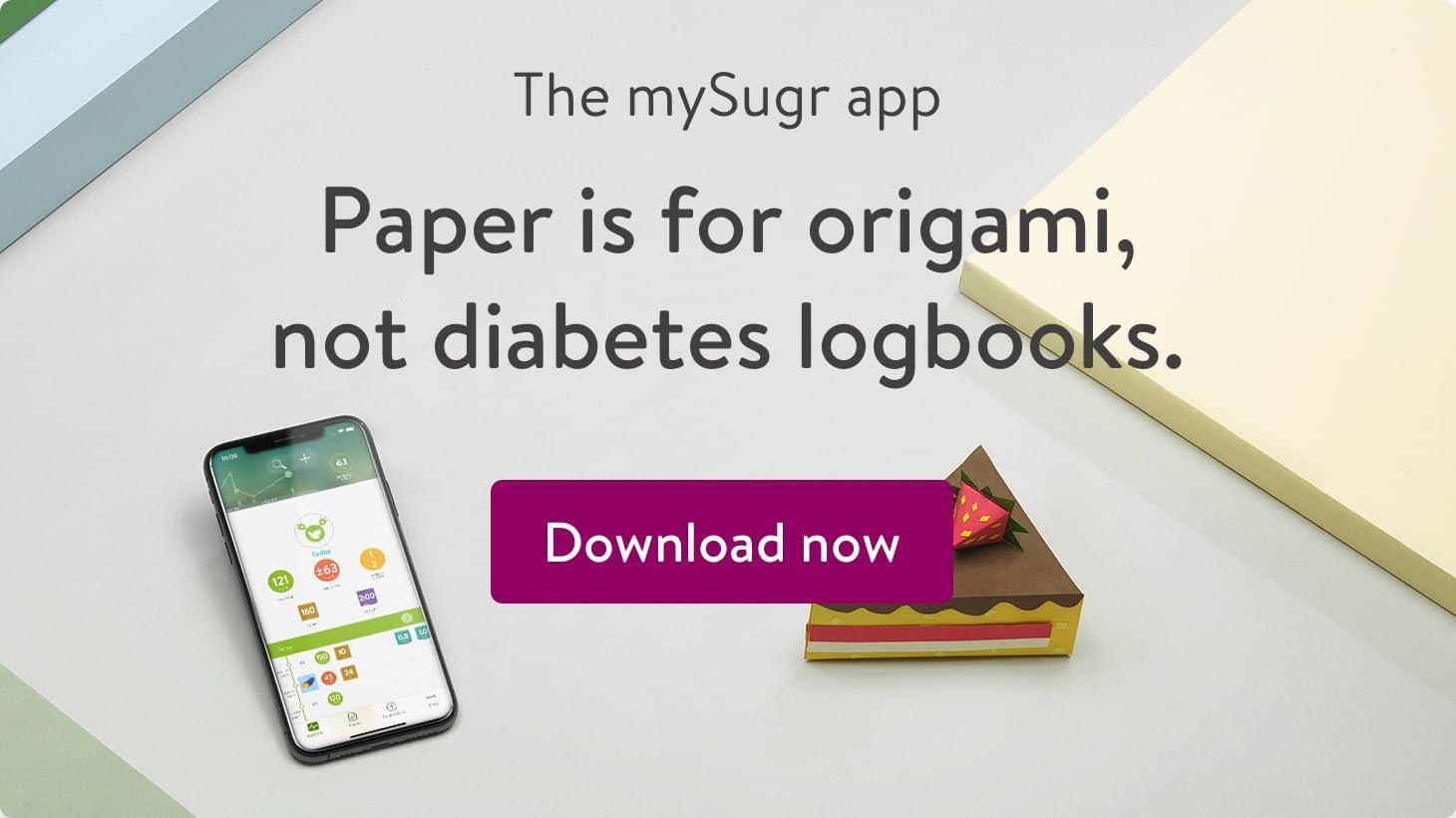Ilka: Many of us have a real love/hate relationship with carbohydrates. They have the biggest impact on blood sugar and often drive us crazy when we’re trying to get it all right.
It often seems that even when we do get it all right, our blood sugar is still not back to where it should be for our post-meal readings.
Here’s where the pre-bolus trick comes into play.
But in today’s times of modern, fast-acting insulins, is the pre-bolus trick still a valid concept? Great question! Let’s talk about it...
High Blood Sugar After Meals
It can be really frustrating when your blood sugar skyrockets after eating, especially when you can’t seem to figure out how to get back to your personal goal range.
As a general rule of thumb, you should be no higher than 180 mg/dl (10 mmol/L) 1-2 hours after eating. If it’s higher, you might want to consider a few of the usual suspects:
- Is my insulin to carb ratio correct?
- Did I count the carbs accurately?
- Did I only eat fast carbs?
- Was there a correction bolus?
- If so, are my correction factors right?
- Is my basal rate set properly?
Once you’ve ruled these options out, it’s time to take the wind out the sails of those nasty post-meal spikes with some pre-bolus action.
The Secret Behind Pre-Bolus Timing
What exactly is pre-bolusing? A pre-bolus is taking your meal bolus “xx” minutes before eating to better match your insulin’s peak action time with your meal’s digestion.
Why do I say “xx” minutes? Because it’s different for all of us, and it can be different depending on the situation and circumstances, which is what we'll talk about shortly.
For me, pre-bolusing is the ultimate solution, even if it was claimed to not be needed for short-acting insulin analogues.
Remember back when we used regular insulin and were supposed to inject 45-60 minutes before eating? Wow…
With the fast-acting insulins available today we have much more flexibility to inject shortly before a meal, and the superfast acting insulins – are even approved for dosing up to 20 minutes after starting the meal!
Please ask a health care professional in case you want to get more information on this topic.
But the lucky ones among you who have access to a CGM can see that despite these great new insulins, it’s still possible to experience a significant post-meal spike (of course it depends on the type of food too).
This spike can be nicely countered, simply by changing when you take the insulin. Think of it as giving the insulin a head start in the race against the food digesting and raising your blood sugar.
How much time? How many minutes before eating? Everyone has to figure it out for themselves because insulin absorption and food digestion speeds are different for all of us.
Puh! Wouldn't it be nice if the diabetes monster worked exactly the same for all of us?
For me, if I start with an initial blood sugar in the green area, 15 minutes works great for me and I can usually avoid going above 150 mg/dl (~8.3 mmol/L) (of course this may vary with the type of food).
How Do You Find Your Sweet Spot (the Right Timing)?
Try to observe, and take it slow…
Test often and document everything. Blood sugar, type of food, amount of food, insulin to carb ratio, pre-bolus time, and anything else you can think of that might help. From this information you can gain wonderful insights.
Ideally, measure your blood sugar right before the meal and again, one hour after the meal.
If your blood sugar rises sharply 1 hour after eating (e.g. B >150mg/dl) then consider whether the carbohydrate factor is correct or whether it can be optimized by opting for slow carbohydrates or with a spray-eating interval.
About four hours after a standard meal, your blood sugar should be around +/- 30 mg/dl (1.7 mmol/l) of the initial value you started with.
In case your values are significantly higher or lower three to five hours (depending on the type of insulin) after the meal, consider factors like insulin/carb ratio, meal types, basal rates, etc..
Whether a Pre-bolus is necessary and how long in advance it should be given depends on your insulin, the starting value and the selection of carbohydrates. With an initial glucose level of 80 mg/dl a pre bolus is not necessary. For very fast acting carbohydrates (such as large portions of white rice) or values above the target range (e.g. >250mg/dl) a Pre-bolus of up to 40 minutes may be necessary. Please talk with your HCP´s about this.
A Few More Pointers:
- Rapid BG spike soon after eating → not enough time between pre-bolus and eating.
- Rapid BG drop soon after eating → too much time between pre-bolus and eating, or maybe BG was already dropping.
- BG rises first, then drops rapidly → not enough time between pre-bolus and eating and perhaps carbs calculated too high.
- BG drops first, then spikes rapidly → too much time between pre-bolus and eating and perhaps carbs calculated too low.
Drawbacks
The pre-bolus strategy isn't always realistic (snack attacks, for example), and requires a lot of discipline.
Eating out is a little harder, too. At restaurants, I usually take a portion of my bolus when ordering and the rest once the food is on the table.
I often order a glass of juice for the table, for safety against lows, just in case the food takes a looooong time to arrive.
Summary
The pre-bolus technique is a great way to keep those nasty post-meal spikes away. But it takes some trial and error to find the right amount of time that works for you (and don't forget, that time can be different for different meals and foods).
Don't be afraid to lean on your endocrinologist, diabetes specialist, or health care team for help. If you have gastroparesis (delayed stomach emptying), or hypo-unawareness, you shouldn’t try this before talking to your diabetes specialist about it.
Sources:
American Diabetes Association. 6. Glycemic Targets: Standards of Medical Care in Diabetes—2020. Diabetes Care. 2020;43(January):S66–76.
This article has been updated in September 2020.
The mySugr website does not provide medical or legal advice. mySugr blog articles are not scientific articles, but intended for informational purposes only.
Medical or nutritional information on the mySugr website is not intended to replace professional medical advice, diagnosis or treatment. Always consult a physician or health care provider with any questions you may have regarding a medical condition.


